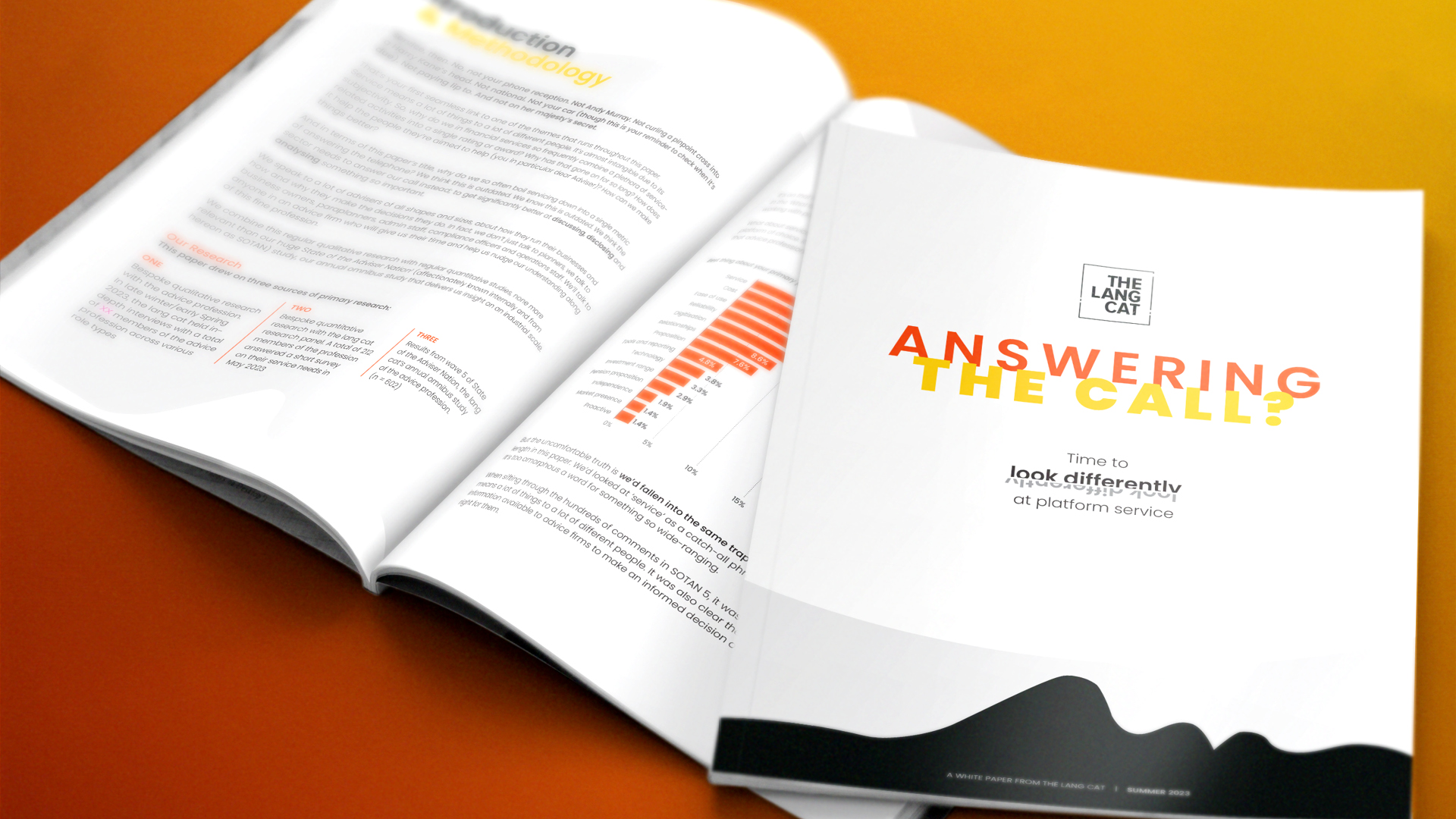Yes, I know that was never in the film.
But it seemed relevant as we round up some of the platforms who we haven’t covered hitherto (posh) and also take a look at Barclays Stockbrokers, who announced their plans today. Judging by the traffic on these blogs, and some of the comments, investors are really swithering about what to do. That’s reasonable; these are big decisions and there’s no point rushing into things. But there is a timeline for those looking to escape platforms who have changed charges, you usually have a finite period before the new terms bite, and that will normally signal the end of any free or lower-cost transfer period (and shame on those who worsen charges but don’t give a free transfer out opportunity).
I don’t think we’re seeing the reds of the eyes yet; I think there will be further movement from some of those who’ve declared already over the spring and summer. Some of the ancillary revenue lines, trading fees and so on, will reduce or fall away and we might see some headline rates come down too. There will no doubt be PR flimflammery around all this stuff; I encourage everyone to ignore it and to focus on what matters, which is your money and keeping as much of it in your sticky paws as possible while getting the service you need.
OK, so this time we’ll round up a few contenders we haven’t covered yet and of course look at Barclays. We’re feeling pretty good about our coverage, but much as Bromhead said, We dropped at least 60, wouldn’t you say? to be brought down to earth with, That only leaves 3,940 from Adendorff, I have no doubt at all that you’ll find ones you want us to cover. As we’ve said before, there’s a fuller analysis on the way.
So, before we dive in, here’s a reminder of our assumptions:
We assume 10 trades/year for each platform. That’s probably too high, but consistency is important. We assume you’re 100% invested in funds. These are year 2 charges, so we ignore setup fees (this will be an issue for iWeb). There are some more detailed assumptions for II and The Share Centre; contact us if you want them.
And a caveat:
We’re not financial advisers; even if we were, we don’t know anything about you and we can’t tell you what to do with your money. If you’re unsure of what to do with your money then go seek advice here or here. Your mileage may vary from the figures we show, it all depends how much you’ve got, the split of assets, the deal your platform gets on those assets and how often you trade. You need all those variables before you’ll get a firm cost. These are just static tables and don’t pretend to be anything more than that.
Why do we do it? Because we’re here, lad. Nobody else. Just us.
OK. Enough Zulu.
- Barclays Stockbrokers – along with HL and Fidelity, Barclays makes up the unholy Trinity of big, swinging, er, platforms in the direct space. 0.35% as a headline charge takes Fiddy (and TD and rPlan) on directly, with a £35 minimum and a £1,750 maximum (equivalent to 0.35% of £500k) for ISAs. For our tables we assume no SIPP wrapper charge, cos you’ll be invested in funds, as with all these companies if you’re mucking around with equities, ITs, ETFs etc you’ll have different charges (£36pa for ISA, £240pa for SIPP and trading charges). No trading charges for funds. We don’t have detail on exit charges and whatnot yet. Barclays will convert you from nasty, yucky dirty share classes to new, shiny, washes-whiter clean funds automatically unless you’ll be significantly worse off. Only clean funds will be available for investment post 1 March.
- Cavendish – 0.25% flat in a Charles Stanley stylee. Nothing simpler.
- rPlan – one of the new breed of investor-friendly websites, which uses Cofunds as its back end. Hurrr, hurrr, back end. Anyway, rPlan are lovely guys, have a great website, and charge 0.35% all in, no additional charges and no funny business. Dead easy! but not much use for larger portfolios.
- TD Direct – the direct arm of broker TD Waterhouse is fancying its chances of winning the longest charge schedule war. For ISA it’s 0.35% plus a £36 wrapper charge for funds below £5,100. Funds of £5,101 and above don’t have that wrapper charge. SIPP, also 0.35% but there’s a twice-yearly 0.25% wrapper charge with a minimum of (keep up at the back) £48 and a maximum of £120 per collection. No trading charges on funds. Yes, we’re bored too. There are lots of different charge shapes for equity investors, and we’re dreading having to wade through them, to be honest. Sorry, TD.
- iWeb – we mention this after one reader asked us to cover them in the comments below one of the other blogs. iWeb is the new suit for the relatively unloved Halifax Sharedealing service. The unloved bit is a shame, cos iWeb is seriously cheap. No percentage based charges, £5 a trade. Yes, £5. Wrapper fees, ISA £25 to open (we discount this in our table cos it’s year 2, see?) and nowt thereafter. SIPP – £75pa if you’re under £50k, £150pa if above that amount. Website is a bit rudimentary, and we haven’t heard much about iWeb’s service, but on cost grounds if you don’t trade regularly, this is a goodie.
Slightly more nuanced here, as those with fixed SIPP charges over and above their percentage fees look a little bit more yellowy-ambery. TD Direct eats it big time on the SIPP front – they must not heart the pensions stuff – and iWeb looks still good but not as powerful as in the ISA space.
Do we know any more than we did? Well, we know the battleground for the percentage boys is 25-35bps, with HL hoping that the Wealth 150(+) deals bring them down from 45bps into the mix. As ever, whether that works for you depends on whether you’re happy to have your fund choice constrained.
Flat charges – notably from iWeb now – are undoubtedly the cheapest route for tubbier cats – why pay 0.45% for a SIPP when you could reduce your charges by 3/4 or even 4/5? Sure, better fund deals might eat some of that, but not all.
So a lot has changed in a week or two. From 0.45% plus ancillary charges looking middle-of-the-road but quite reasonable, to looking on the high side and needing to justify its existence; to fixed fees flourishing for larger investors to a new argument about exit fees and trading charges, this space is moving fast.
Keep checking back for more – and if you have anything you particularly want us to cover just shout in the comments below.




